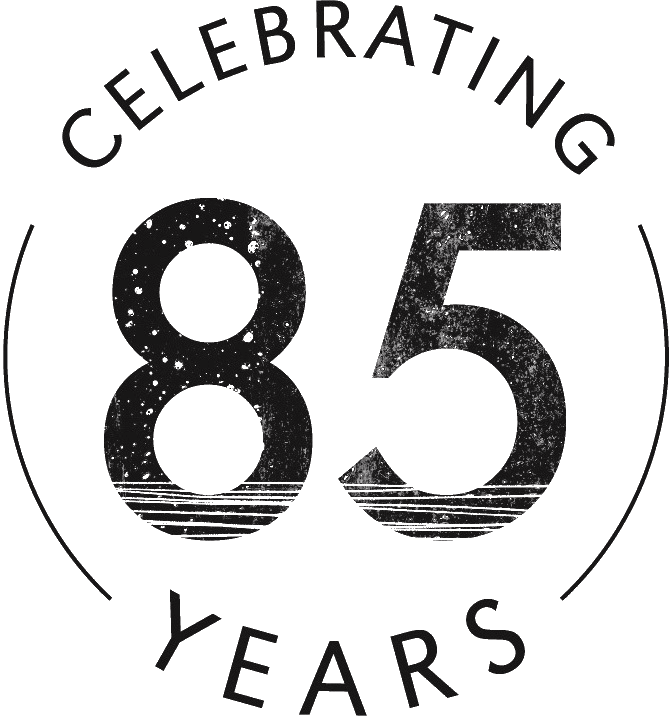What is the Abstract Art Movement?
The roots of abstract art can be traced back to the 19th century when several artistic movements began questioning traditional notions of representation. In the early 20th century, the broad artistic trend of the Abstract Art Movement emerged.
What is Abstract Art?
Abstract art is a departure from realism. It doesn’t aim to represent objects or scenes from the physical world. Instead, it emphasises forms, colours, and gestures that may not have an obvious connection to reality. These elements become the primary focus of the artwork, often leaving interpretation up to the viewer.
Rather than depicting landscapes, portraits, or still-life’s, abstract artists focus on expressing emotion, exploring intellectual concepts, or playing with the colour and form. This can range from the structured geometric compositions of Piet Mondrian to the expressive brushstrokes of Jackson Pollock.
The Origins of Abstract Art
Abstract art didn’t emerge out of nowhere; it evolved over time, influenced by earlier movements and individual artists who pushed the boundaries of traditional representation.
- Impressionism and Post-Impressionism: In the late 19th century, artists like Claude Monet and Vincent van Gogh began focusing less on detail and more on the perception of light, colour, and movement. Their works blurred the lines between realism and abstraction.
- Cubism: Around the early 1900s, Pablo Picasso and Georges Braque fragmented and reconstructed the visual world, breaking objects down into abstracted geometric shapes. This new way of depicting reality was a major stepping stone toward pure abstraction.
- Fauvism: The Fauvist movement, led by Henri Matisse, emphasised bold, expressive use of colour, challenging conventional approaches to both form and composition. The vibrancy of Fauvism inspired many abstract artists to experiment more freely with colour.
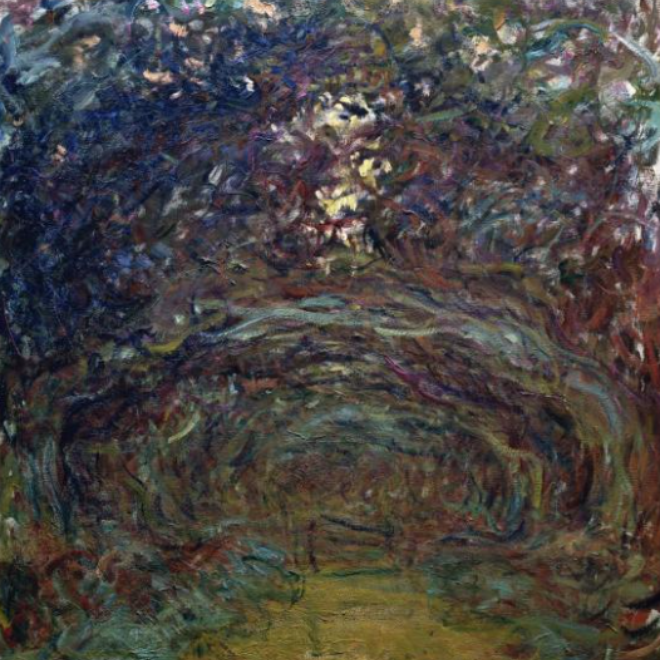
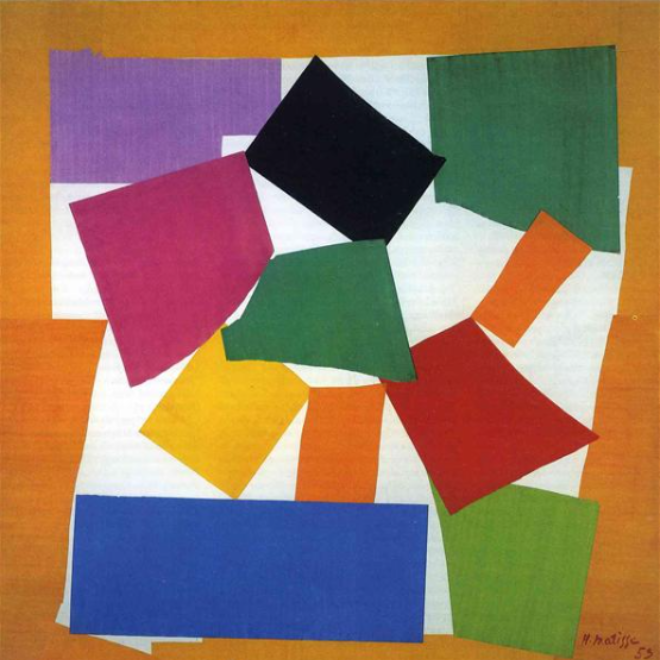
Pioneers of Pure Abstraction
Several early 20th-century artists moved into non-representational art, pioneering the abstract movement with a focus on colour, form, and spiritual or intellectual expression.
- Wassily Kandinsky: Often credited as the first true abstract artist, Kandinsky believed that art should communicate emotion and spirituality without the constraints of recognisable objects.
- Kazimir Malevich: In 1915, Malevich took abstraction to a new level with his Suprematist movement. Works like Black Square reduced art to its most basic geometric forms, rejecting any connection to nature or reality.
Piet Mondrian: A leading figure in the Dutch De Stijl movement, Mondrian’s approach to abstraction was highly structured. He used only primary colours and straight lines to create his famous grid-like compositions, reflecting his desire to express universal harmony and order. You can learn more about Mondrian in a number of courses, including The Art of the Sun + the Moon with Greg Humphries.
One of abstract art’s most significant legacies is its challenge to the viewer. By refusing to depict recognisable subjects, it asks us to engage with art in a different way—focusing on feeling, form, and our own interpretations. It also gave artists the freedom to explore their creativity without the constraints of realism.
Today, abstract art continues to be celebrated for its diversity and its power to evoke emotional and intellectual responses. From the geometric forms of Constructivism to the vibrant energy of Abstract Expressionism, abstract art invites us to look beyond the visible world and into the realms of imagination and emotion.
Would you like to explore this subject further? Browse our studio and online abstract art classes below and join us for an upcoming course!
14/10/2024
Share on
Related Stories

Your Monthly Roundup: April
A monthly round up of the latest news, insights and events. Sign up to our newsletter to receive this update straight to your inbox!
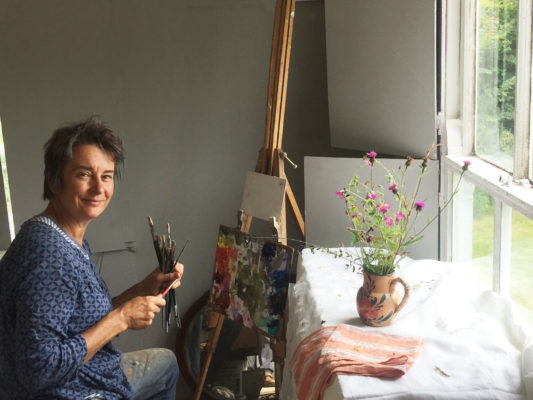
Bonnard The Revolutionary with Alice Mumford
Join Alice in our studio, as she takes her students on a gallop through the history of art, to demonstrate what a revolutionary Bonnard was. Part One Part Two Part Three
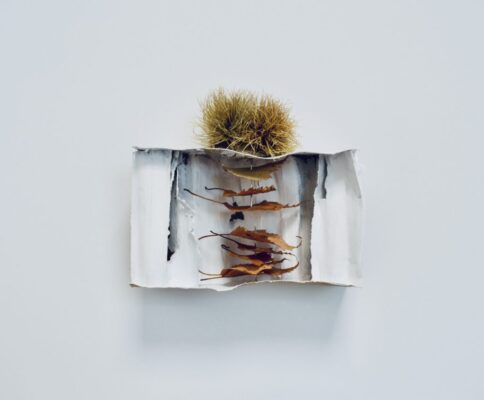
In conversation with Porthmeor Programme Alumnus, Alison Cook
We caught up with Porthmeor Programme alumnus Sue Watt to get an insight into life before, during and after the programme. Sue lets us in on her daily routine, her artistic inspiration and her upcoming show (at the time) at Penwith Gallery.
